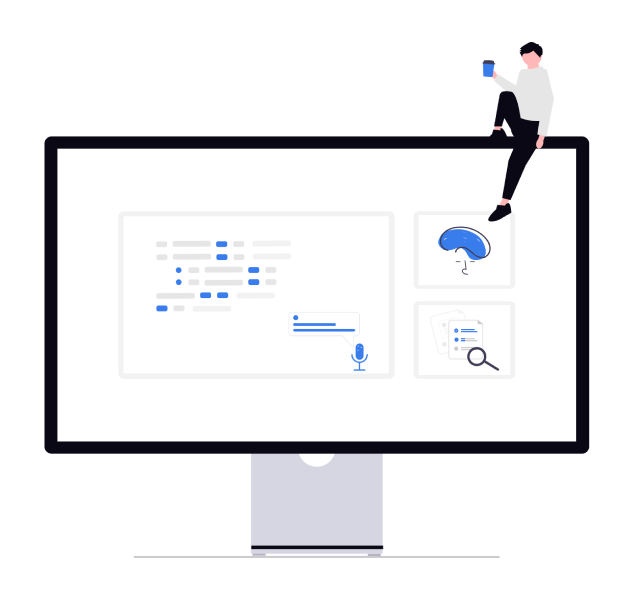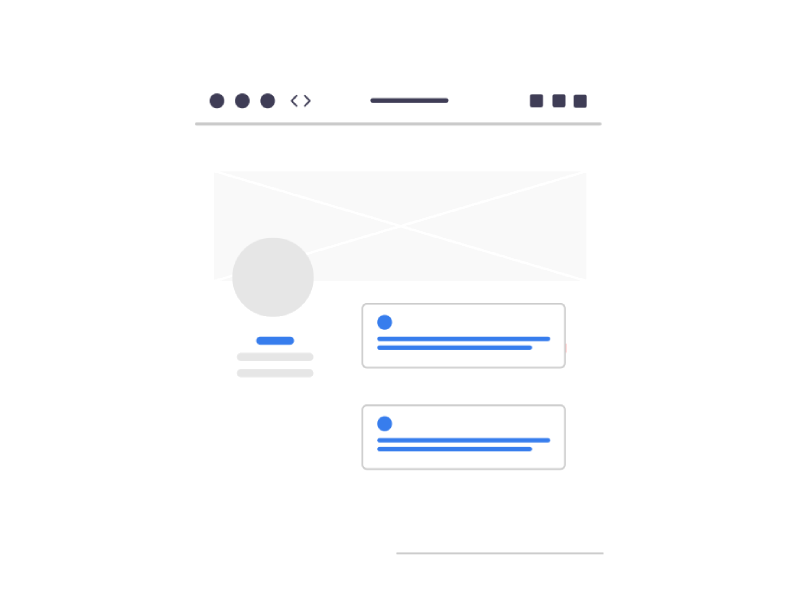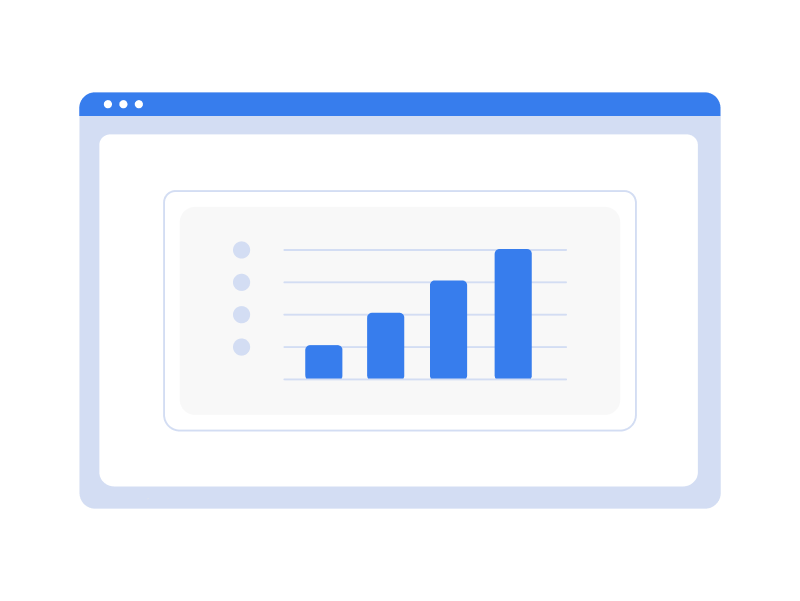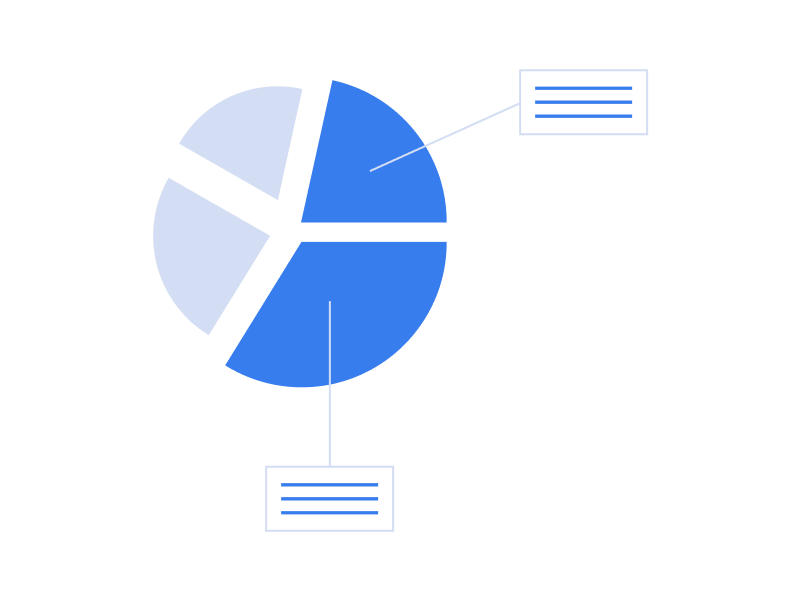AI Is Rewriting the Search Playbook — Fast
In 2025, search as we know it is undergoing a structural overhaul. Powered by advances in large language models and real-time data synthesis, AI search is pushing legacy keyword-based systems to the background. From Google’s AI Overviews and AI Mode to Microsoft’s open-agent initiatives, the way users discover, interact with, and trust information is rapidly changing.
So where are we now — and what should search professionals be doing about it?
Google’s AI Search in 2025: Two Modes, One Direction
Google has taken a multi-layered approach to AI integration in Search. The two flagship features reshaping query behavior are AI Overviews and AI Mode, both fueled by the Gemini 2.5 model.
AI Overviews
AI Overviews now appear in 13.14% of desktop and mobile queries, up from 6.49% in January 2025, according to Semrush Sensor data. These summaries attempt to answer the query directly with synthesized content pulled from indexed sites. They appear prominently above traditional blue links.
But while Overviews provide faster answers for users, they’ve triggered publisher pushback.
AI Mode
Launched broadly in May 2025, AI Mode transforms Google Search into a chat-like experience. It offers interactive sessions, step-by-step planning tools, and deeper personalization, currently available in the U.S. and gradually expanding globally.
According to Google, users are “five times more likely to engage with follow-up queries” in AI Mode compared to traditional search.
The Community’s Growing Concerns
Traffic Cannibalization
For many content creators and businesses, the shift toward AI-driven answers has led to a measurable drop in click-through rates (CTR). A recent AP report confirmed that some publishers are seeing up to 30% fewer clicks from AI-affected queries.
“Users get what they need without clicking through,” said one anonymous news publisher. “That’s a traffic death sentence for longtail content.”
Lack of Opt-Out Mechanisms
In May, The Verge revealed that publishers have limited ability to opt out of AI Overviews without simultaneously removing themselves from Google Search altogether. That binary choice has left many frustrated.
The News/Media Alliance has called the move “digital theft,” pushing for clearer content usage controls and regulatory intervention.
Microsoft’s NLWeb and the Push for Open AI Search
While Google leads with its closed-loop system, Microsoft is backing open-agent search infrastructure via its Natural Language Web (NLWeb) project. The initiative, launched in April, aims to decentralize AI search and give publishers more visibility and control.
NLWeb allows any site to publish AI-friendly data that autonomous agents — like Microsoft Copilot — can consume and process transparently. Major platforms including Tripadvisor, Shopify, and Stack Overflow have joined.
Microsoft CTO Kevin Scott emphasized that the open web should not be “scraped without rules,” and called for collaborative standards for AI search. This puts Microsoft on a markedly different path from Google — for now.
Case Studies: Winners in the New AI Search Era
Auto Parts SEO – Hedges & Co.
One of the more compelling success stories comes from Hedges & Co., which recently shared how it optimized auto parts e-commerce sites to align with Google’s AI-driven features.
By implementing structured data and semantically rich product descriptions, the company saw:
- +10% engaged sessions per user
- +15% increase in average session duration
- -18% drop in bounce rate
This suggests that AI-friendly content architecture can, in some contexts, improve user engagement metrics — even in a zero-click environment.
Microsoft’s Enterprise Use Cases
In tandem with NLWeb, Microsoft published over 400 case studies showcasing how businesses are integrating AI across customer support, logistics, and decision-making. Though not all directly tied to search, many underline the strategic edge of aligning content and data with LLM consumption.
Advertising Inside AI
Search monetization is shifting as well.
At Google Marketing Live 2025, Google announced plans to serve ads inside both AI Overviews and AI Mode, including sponsored recommendations and product carousels. This move attempts to reclaim ad real estate lost to zero-click answers.
The risk? Relevance dilution and trust erosion. If users can’t distinguish between generated insight and paid placement, the value of organic SEO may further decline.
What Should SEOs and Publishers Do Now?
1. Adapt for AI Discovery
Just as we optimized for snippets, SEOs now need to optimize for AI summarization.
- Use structured data and schema.org markup (especially howTo, QAPage, Product)
- Break up content with logical headers, concise answers, and context-rich summaries
- Use authoritative language and reference reputable sources within your content
2. Diversify Traffic Channels
Don’t rely solely on Google Search for visibility. Build up:
- Email newsletters
- YouTube and podcast content
- Community forums (Reddit, Discord)
- Direct navigation via brand loyalty
These remain unaffected by AI Overviews — for now.
3. Monitor Queries Affected by AI
Tools like Semrush, SISTRIX, and RankRanger have started to flag AI-impacted SERPs. Track your affected pages, identify lost clicks, and isolate where AI is stepping in.
If your best content is losing visibility, test alternative query angles or more evergreen formats that LLMs can’t easily summarize.
4. Engage with Policy Conversations
Join the dialogue. Participate in industry groups like the News/Media Alliance or contribute feedback through Search Console forums. Google has been increasingly reactive to public backlash (as seen with the March 2024 Core Update adjustments), so make your voice heard.
Google’s Position and Next Steps
In a May 2025 interview with Wired, Google CEO Sundar Pichai acknowledged the growing pains. “We’re balancing speed and relevance with responsibility,” he said. “The rollout of AI Mode is just the start of a much larger evolution.”
Google has yet to provide clear timelines for expanding AI Mode beyond the U.S., or for offering publishers more granular control. However, it has committed to “ongoing experimentation and adjustments.”
Translation: expect volatility.
Final Thoughts
AI is no longer an optional layer on top of search — it is becoming the search.
For digital marketers, this is a call to evolve, not retreat. Like the mobile-first revolution and the introduction of snippets before it, this is a new interface with new rules, new winners, and new blind spots.
Whether or not you agree with how AI is being integrated, the fact is that it’s already changing how billions interact with the web. The best way forward is to stay informed, stay agile, and keep testing — because the search landscape of 2026 won’t look anything like 2023.







